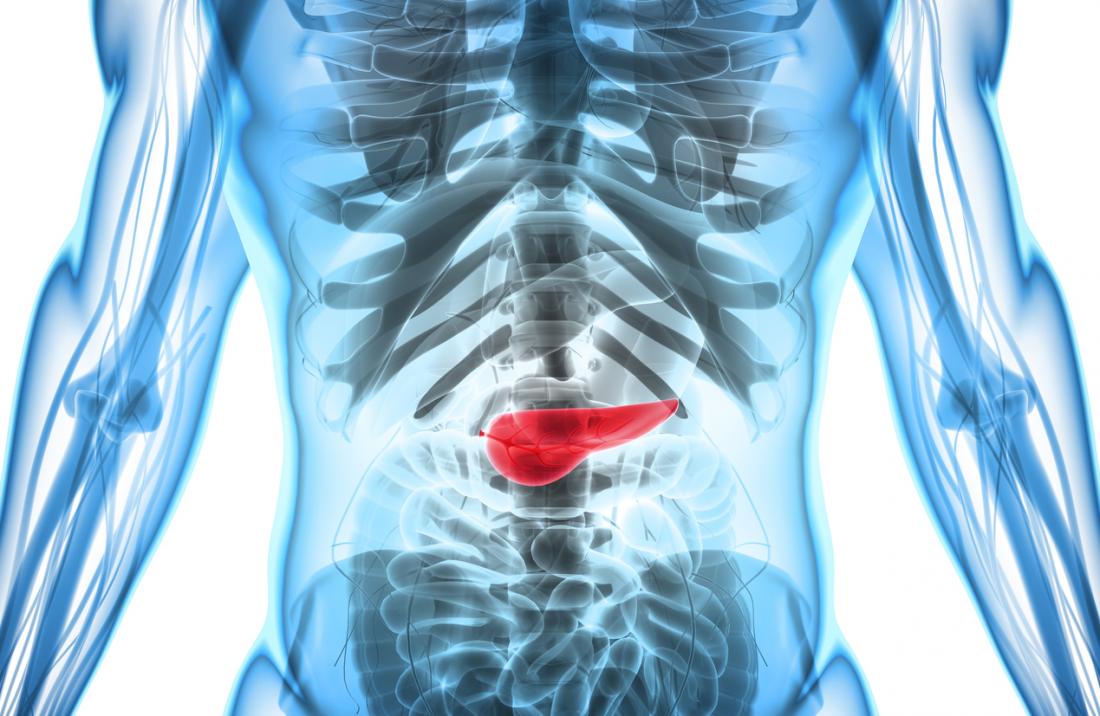For The Latest Medical News, Health News, Research News, COVID-19 News, Pharma News, Glaucoma News, Diabetes News, Herb News, Phytochemical News, Thailand Cannabis News, Cancer News, Doctor News, Thailand Hospital News, Oral Cancer News, Thailand Doctors
When fungus get into the Gut and other digestive tract organs like the pancreas, it indirectly triggers cancer and other ailments.
With pancreatic cancer, colorectal cancer and also inflammatory bowel diseases on the rise, a team of medical researchers from New York University (NYU) School of Medicine decided to pursues studies focusing on the cause of pancreatic cancer an ddiscovered that a common yeast, Malassezia found on the skin and scalp, caused pancreatic cancer when it found it way into the gut and the pancreas.

The pancreas is a large, thin organ that sits behind the stomach, deep inside the abdomen that produces fluids that help digest food and control blood sugar. Pancreatic cancer is among the 10 most common cancers in the world where incidence rates have risen by nearly 1.8% per year over the last decade. Each year about year about 1.9 million will be diagnosed with pancreatic cancer while about 1.2 million people will die from it the same year. Cancer of the pancreas is difficult to spot in its early stages. For many people, the cancer has already advanced when they receive a diagnosis, making it harder to treat. Only 9.3 percent of people with pancreatic cancer survived 5 years or more following their diagnosis. There are different types of pancreatic cancer, depending on the tissue type and location of origin. The most common of these and the subject of the study is pancreatic ductal adenocarcinoma (PDA), which accounts for about 95% of pancreatic cancers.
The study lead by Dr. George Miller, a surgical oncologist at the New York University School of Medicine, that was published in the journal Nature, found that fungi can make their way deep into the pancreas, which sits behind your stomach and secretes digestive enzymes into your small intestine. In mice and human patients with pancreatic cancer, the fungi proliferate 3,000-fold compared to healthy tissue and one fungus in particular may make pancreatic tumors grow bigger.
The research team was surprised by the presence of fungi in the typical pancreas and immense increase in their numbers in disease. The pancreas was typically considered a sterile organ.
The study found that some microorganisms, such as the fungi concerned, could sneak past a muscle called the sphincter of Oddi, which separates the pancreas from the rest of the gut and colonize the pancreas.
Dr. Miller’s team fed animal models a species of brewer’s yeast labeled with a green fluorescent protein. The fluorescent marker revealed that the yeast had indeed moved from the digestive tract to the pancreas in a matter of minutes. In animal models, the types of fungi that ended up in the pancreas were usually very different from those that remained in the gut. Ascomycota and Basidiomycota were the only varieties of fungi that colonized pancreatic tissue.
Interestingly, one particular fungus was the most abundant in the pancreas: a genus of Basidiomycota called Malassezia, which is typically found on the skin and scalp of animals and humans, and can cause skin irritation and dandruff. A few previo
us studies have also linked the yeast to inflammatory bowel diseases, but the new finding is the first to link it to cancer. The study results show that Malassezia was not only abundant in animal models that got pancreatic tumors, it was also present in extremely high numbers in samples from pancreatic cancer patients.
Treating the animal models with an antifungal drug got rid of the fungi and kept tumors from developing. And when the treated animal models again received the yeast, their tumors started growing once more, an indication, that the fungal cells were driving the tumors’ growth. Infecting a control group of animal models with different fungi did not accelerate their cancer. There is increasing scientific consensus that the factors in a tumor’s “microenvironment” are just as important as the genetic factors driving its growth.
The team found that treating the animal models with a strong antifungal drug called amphotericin B reduced tumor weight by 20–40%. The treatment also reduced ductal dysplasia, an early stage in the development of pancreatic cancer, by 20–30%.
Antifungal treatment also boosted the anticancer power of gemcitabine, a standard chemotherapy drug, by 15–25%.
Microbes are one more factor to consider in the alphabet soup of factors affecting cancer proliferation. The fungal population in the pancreas may be a good biomarker for who’s at risk for developing cancer, as well as a potential target for future treatments. It could also help in developing a screening method for pancreatic cancer.
The researchers told Thailand Medical News that Malassezia raises pancreatic cancer risk by triggering the complement cascade, an immune mechanism.
The complement cascade belongs to an ancient part of the immune system that fights infection. However, it can also promote cell growth after the infection has resolved and the healing phase has begun. Previous studies have shown that, in combination with faulty genes, the complement cascade can promote the type of aggressive tissue growth that occurs in cancer.
The fungi activate an immune system protein called mannose-binding lectin, which then triggers a cascade of signals known to cause inflammation. When the researchers compromised the ability of the lectin protein to do its job, the cancer stopped progressing and the animal models survived for longer.
This new research could pave the way for better screening techniques, biomarkers and also new treatment protocols to be developed to help the millions that develop the fatal pancreatic cancer each year
The fungal mycobiome promotes pancreatic oncogenesis via activation of MBLBerk Aykut, Smruti Pushalkar, Ruonan Chen, Raquel Abengozar, Sorin A. Shadaloey, Pamela Preiss, Narendra Verma, Yuqi Guo, Anjana Saxena, Mridula Vardhan, Mautin Hundeyin, Deepak Saxena & George Miller Nature (2019) https://www.nature.com/articles/s41586-019-1608-2